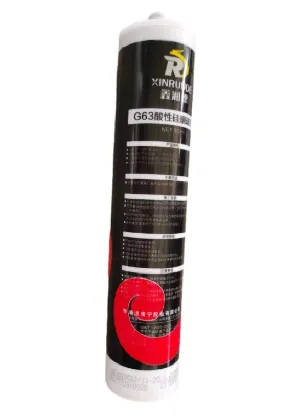loading...
- No. 9, Xingyuan South Street, Dongwaihuan Road, Zaoqiang County, Hengshui, Hebei, China
- admin@zjcomposites.com
- +86 15097380338
- Welcome to visit our website!
Exploring the Advantages and Applications of Fiber Reinforced Polymer Structural Components in Modern Engineering
Understanding FRP Structural Sections A Comprehensive Overview
Fiber Reinforced Polymer (FRP) structural sections have emerged as a revolutionary alternative to traditional construction materials, providing numerous benefits in various civil engineering applications. Comprising a polymer matrix reinforced by fibers such as glass, carbon, or aramid, FRP sections possess unique properties that make them favorable in both strength and durability. This article explores the characteristics, applications, and advantages of FRP structural sections, highlighting their growing significance in modern engineering.
Characteristics of FRP Structural Sections
FRP structural sections are characterized by their lightweight yet high-strength composition. The ratio of strength to weight in FRP materials is significantly higher than that of conventional materials like steel or concrete. This feature allows for easier handling and installation, reducing transportation costs and labor efforts on-site. Additionally, FRP exhibits excellent resistance to corrosion, making it ideal for applications in harsh environments, such as bridges and marine structures.
The versatility in design is another distinctive trait of FRP sections. Manufacturers can produce these materials in various shapes and sizes, including beams, columns, and even complex geometries, suitable for specific engineering needs. Furthermore, FRP’s inherent non-conductivity makes it an excellent choice for electrical applications and environments where magnetic interference must be minimized.
Applications of FRP Structural Sections
The potential applications of FRP structural sections are vast. In the construction industry, they are often employed for infrastructure projects, including bridges, tunnels, and buildings. Their lightweight nature allows for longer spans without additional support, which can lead to more aesthetically pleasing designs and increased usable space.
FRP sections are particularly beneficial in the rehabilitation of existing structures. They can be bonded to steel or concrete elements to enhance their load-bearing capacity and extend service life. Moreover, FRP is commonly used in applications subjected to aggressive chemical environments, such as wastewater treatment facilities, where traditional materials would quickly deteriorate.
frp structural sections

In the aerospace and automotive sectors, the use of FRP has dramatically increased due to its weight-saving properties. Components made from FRP can significantly reduce the overall weight of vehicles and aircraft, leading to improved fuel efficiency and performance.
Advantages of FRP Structural Sections
One of the most significant advantages of FRP structural sections is their durability. Unlike steel, which may rust, or concrete, which can crack, FRP is impervious to many environmental stresses. This resilience translates to lower maintenance costs and a longer service life, providing economic benefits over the long term.
Sustainability is another key consideration. Many FRP materials are produced from recycled fibers, contributing to lower environmental impact. The efficient manufacturing processes associated with FRP can reduce energy consumption compared to traditional materials, further supporting sustainable construction practices.
Moreover, the design flexibility and reduced weight of FRP can lead to innovative architectural solutions. It allows engineers and architects to push the limits of design while ensuring safety and functionality, ultimately resulting in structures that are not only efficient but also visually appealing.
Conclusion
As the demand for more sustainable and resilient construction materials increases, FRP structural sections stand out as a viable solution. Their unique properties, ranging from lightweight and high strength to corrosion resistance, provide numerous advantages across various industries. While challenges such as initial material costs and the need for specialized expertise still exist, the benefits of FRP in enhancing structural performance and extending service life are undeniable. As technology advances and awareness grows, FRP structural sections are poised to play an essential role in the future of engineering and construction.
-
Premium FRP Handrail for All ApplicationsNewsAug.29,2025
-
Low Maintenance FRP Mini Mesh Grating ProductsNewsAug.29,2025
-
Innovative FRP Square Tubes for Modern Industrial SolutionsNewsAug.29,2025
-
FRP Water Storage Tanks Wholesale Solutions for Bulk BuyersNewsAug.29,2025
-
FRP Molded Grating Solutions for Diverse Industrial ApplicationsNewsAug.29,2025
-
Construction Advancements Through FRP Pultruded ProfilesNewsAug.29,2025
-
Why Choose FRP Railings, Guardrails, and Handrail Systems?NewsAug.29,2025
